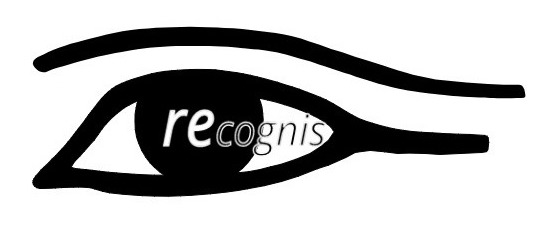…And I don’t mean the snow, Aurora Borealis and Santa Claus. I mean wind power. Last week, the Finnish government published the new national energy and climate strategy, setting the targets for 2030 and a vision for 2050. And I’ll help you to recognise why it could be good news for you.
The main headings of the strategy are what has by now become “the usual stuff”: getting rid of fossil fuels, increasing the share of renewables, promoting electric vehicles etc. So you’d guess this paper is good stuff for wind – until you take a closer look. The strategy relies heavily on bioenergy, and more specifically on biofuels. So heavily that the government plan is criticised for endangering both the Finnish biodiversity and the forest industry – our two greatest national treasures after the collapse of Nokia’s mobile phone business.
Regarding wind power, the strategy is unambitious at best, and close to hostile at worst: There will be a new, “technology neutral” auction system for promoting investments in power generation from renewables, but the goal is only for 2 TWh increase in annual production, and the system will only run until 2020. After that: complete silence – a peculiar thing as such for a strategy setting goals for 2030. The government namely believes that after 2020 wind power will no longer need any state support. But the government also thinks that despite of wind power becoming competitive, it’s share in the Finnish energy mix will not increase by 2030. So it’s competitive but nobody wants to invest in it – funny, isn’t it?
Also, the auction system will not be started just like that: first, the “health effects of wind power need to be thoroughly studied”. This sentence in the strategy paper is one of the greatest achievements of the “True Finns”, a populist party now in the government coalition for the first time (and for the last, as some would add). Rumours of “the wind turbine syndrome” are spreading wildly in the Finnish social media, and True Finns are both planting seeds and harvesting the crop.
According to an expert study recently conducted by National Institute for Health and Welfare, a few per cent of the population living close to Finnish wind farms actually suffer from noise. A huge number of people say they suffer from symptoms such as headache, dizziness and heart problems – and still, these figures are exactly similar to those living in areas with no wind farms around. But here’s the beef: About 20 % of the population living around wind farms say they are worried of the possible health impacts of wind turbines. And this exactly is the target group for True Finns. Never mind the facts, this is politics!
Rumours of Wind Turbine Syndrome spreading like wildfire, unambitious government, no official targets beyond 2020… so why would this be the perfect time to enter the market? That’s exactly why: Thousands of megawatts of projects in the pipeline that are almost ready for construction, some extremely frustrated developers who’d be glad to exit or partner up – and the next elections coming in less than 2.5 years from now. The next government will reformulate the 2030 energy strategy for sure – and this time without True Finns, if you ask me. At that point, the market value of ready developed projects will rocket in a nanosecond.
I don’t say it’s now or never. But if you have patience to wait and finetune your assets for two extra years before getting return on your investment, I believe you can make some pretty good shopping right now.

Recent Comments